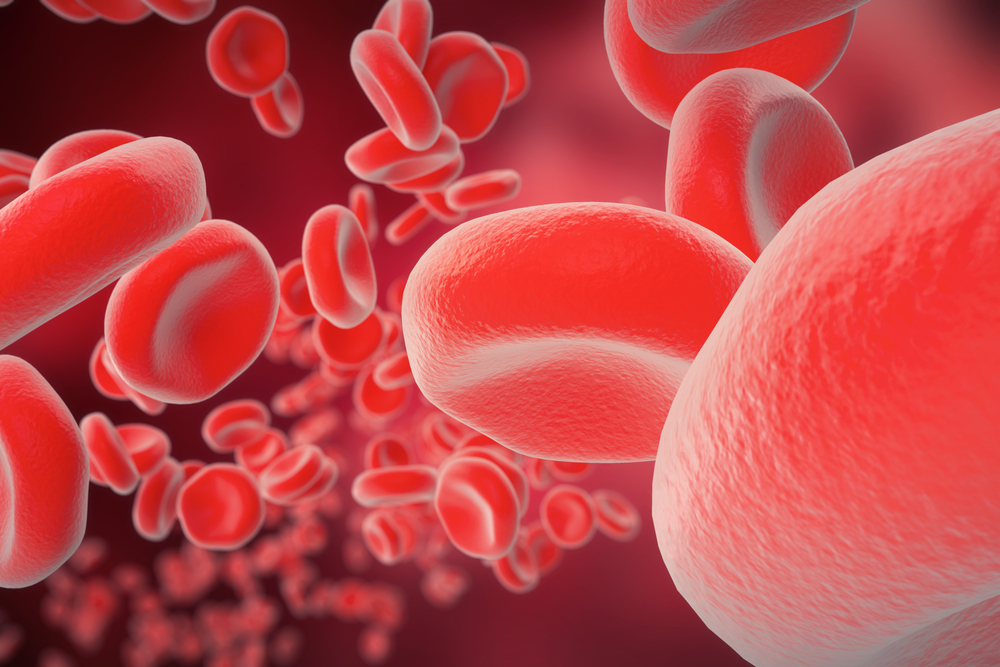CSL889 Designated as Orphan Drug in Europe and US for Treating Sickle Cell Disease
Written by |

The European Commission and the U.S. Food and Drug Administration have granted orphan drug status to CSL889, an investigational therapy for the treatment of acute vaso-occlusive crises (VOCs) in sickle cell disease (SCD), CSL Behring, the medicine’s maker, announced in a press release.
Orphan drug designation confers several benefits to a potential therapy, all meant to smooth its path toward commercial availability. These benefits include certain tax and fee waivers, clinical trial protocol assistance, and market exclusivity — 10 years in Europe and seven in the U.S. — upon approval.
CSL889 is a form of hemopexin, a naturally-occurring protein that is typically low in people living with SCD, that is taken from blood plasma samples. Hemopexin binds with high affinity to hemoglobin, a molecule that is normally found in red blood cells and carries oxygen, but is released in excess when red blood cells are defective, as happens in SCD.
VOCs are one of the most common SCD complications, consisting of painful episodes caused by sickle-shaped red blood cells blocking small blood vessels. A form of hemoglobin called hemoglobin S leads these cells to stick both to each other and to blood vessel walls.
These episodes are managed either preventatively or by supportive measures, such as fluids and pain killers, as no specific therapy has yet been approved.
The safety and tolerability of CSL889 are the focus of an open-label Phase 1 clinical study in the U.K. (NCT04285827). The trial seeks to recruit approximately 24 adult ages 18–60, who will receive one of six doses of the therapy, given via a single intravenous (into-the-vein) infusion. Enrollment is open at two treatment sites in the U.K.
In addition to safety and tolerability, the trial is designed to evaluate CSL889’s pharmacokinetcs (how it passes through and exits the body), pharmacodynamics (its effects on the body), and biomarkers related to its function.
Two pre-clinical studies support the candidate therapy’s ongoing development. One showed that in an SCD mouse model, hemopexin protects certain blood cells from iron overload – a complication of SCD – and counteracts the inflammation that can aggravate SCD symptoms.
A second study demonstrated that hemopexin plus haptoglobin — a related molecule that also binds hemoglobin — inhibited VOC-like episodes in another SCD mouse model.
“Having treated hundreds of adults and children living with sickle cell disease over 30 years, I’m intensely aware of the need for novel and effective therapies, especially to relieve the tremendous pain from VOC,” said Greg Kato, MD, who leads clinical development of CSL889. “This newly granted orphan status recognizes the urgency for progressing new treatment options into the clinic.”
In addition to CSL889, CSL Behring is investigating a potential stem cell gene therapy called CSL200, to be used for long-term disease management.
A Phase 1 clinical trial (NCT04091737) involving three participants with severe symptoms is ongoing and recruiting at the City of Hope Medical Center, California.





